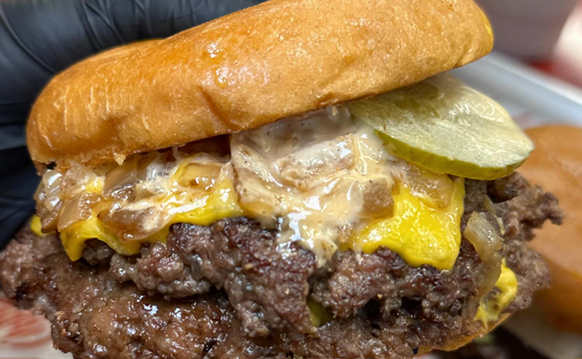Admittedly, I can't even suck on a ringlet of my own hair without convincing myself I'm developing a case of trichophagia.
So when word came this week that scientists working at a university in Beijing were developing a method to create "large quantities of human-derived gelatin" for eh, human consumption, I had to reel in the ol' imagination away from the Soylent Green-like picture of boiled-down bones, skin, and tissue offered up by the sugary spoonful. As it turns out, it's not half as gross as it sounds on the surface.
In a score for all animals (humans included), the genes could be obtained from something as small as a mouth swab, and ultimately nobody has to die for that Jell-O shot in your hand. But will consumers go for it? And will the concept be easier to digest than say, the Turd Burger?
According to Chen, the human-based gelatin would be a healthier and safer alternative to the animal-based gelatin that researchers say carries the (very small) risk of infectious diseases like mad cow disease.
Chen says it will allow for better quality control since the human-based gelatin would be more stable than the animal-based gelatin, which varies from batch to batch. The human-based gelatin is still in development and will most likely be used for items like drug capsules at first.
You can read Chen's paper in its entirety here.










